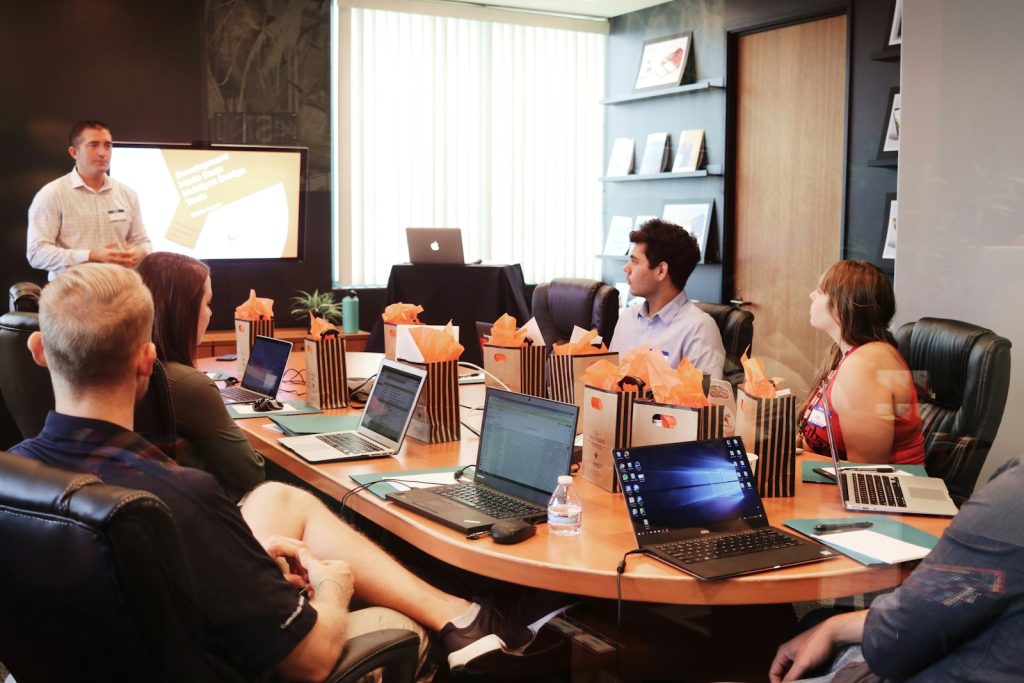Hybrid education is no longer an emerging trend—it’s the new standard for many institutions. As universities, ed-tech companies, and private learning platforms expand their offerings, the talent landscape is shifting rapidly.
Today, HR teams must manage two very different talent pools:
- Traditional faculty with academic credentials, teaching experience, and subject matter depth
- Platform-based talent—often instructors, creators, or facilitators—who are agile with digital tools, content delivery, and online engagement
Both are valuable. Both are necessary. But balancing them in a way that supports institutional goals, quality learning, and workforce cohesion? That’s where things get challenging.
Here’s how HR teams can strategically recruit, onboard, and integrate both types of talent—without compromising on experience or efficiency.
Understanding the Two Talent Pools
Let’s break down the core characteristics of each group. Recognising these differences is the first step toward designing a hiring and workforce strategy that works.
Traditional Faculty
- Usually come from academic or research backgrounds
- Prioritise curriculum depth, pedagogy, and in-person delivery
- Often employed full-time or on tenure tracks
- Used to institutional structures and longer-term roles
Platform-Based Talent
- May not have formal academic titles but bring practical expertise or teaching experience
- Skilled in digital tools, asynchronous content, and rapid course development
- Often hired as contract, freelance, or part-time contributors
- Work across multiple platforms or projects simultaneously
These differences affect how HR should assess, onboard, and retain each type of educator.
Why HR Needs a Hybrid Talent Strategy
As learning models evolve, so do expectations. Students now expect flexibility, interactivity, and access to both deep subject knowledge and real-world application. That means institutions must combine the strengths of both faculty and tech-savvy educators—but without creating a fractured workforce.
This is where HR plays a key role:
- Creating role clarity
- Aligning hiring models to learning formats
- Building shared standards for delivery
- Ensuring both talent types feel integrated into the organisation
Without a thoughtful approach, institutions risk gaps in quality, confusion in delivery, or disengagement among educators who feel siloed or undervalued.
Five HR Priorities for Balancing Faculty and Platform Talent
1. Define Roles Based on Learning Outcomes
Rather than defaulting to traditional job descriptions, start with the outcome: What is the course or program designed to deliver?
From there, determine:
- Does this require in-depth academic instruction, or practical skill-building?
- Is the delivery synchronous, asynchronous, or blended?
- Does the learner benefit more from theory, experience, or a mix?
Once learning needs are clear, it’s easier to match the right type of educator—and avoid misalignment during hiring.
2. Standardise Quality Across Teaching Models
Different instructors may use different formats—but learning quality should feel consistent to the student.
HR can support this by:
- Establishing shared teaching standards (e.g., engagement metrics, feedback loops)
- Providing instructional design support for both groups
- Offering tools and templates for hybrid delivery
- Encouraging collaboration between faculty and platform instructors
The goal isn’t to make everyone teach the same way—but to maintain a unified learner experience across formats.
3. Tailor Onboarding for Each Talent Type
Faculty and platform educators enter with different expectations. A one-size-fits-all onboarding process won’t be effective.
Instead, consider:
- For traditional faculty: focus on digital tools, hybrid teaching platforms, and content flexibility
- For platform-based talent: focus on academic policies, institutional values, and learner outcomes
When onboarding is relevant to the role, instructors are more likely to feel confident, engaged, and aligned with your organisation.
4. Bridge the Cultural Gap
In many hybrid models, platform-based talent is treated as “external,” while faculty are seen as “core.” This division can lead to miscommunication, silos, or undervaluing the contributions of one group.
HR can help bridge this divide by:
- Encouraging mixed teaching teams for course design
- Hosting regular cross-functional discussions or feedback sessions
- Including both types of instructors in recognition, development, and review processes
A culture that values diverse teaching strengths is one where both groups thrive.
5. Offer Flexible Contracts Without Compromising Engagement
Platform-based instructors often work on short-term or flexible contracts. While that supports scalability, it can also lead to disengagement or lack of institutional loyalty.
To address this:
- Offer opportunities for longer-term collaboration or project continuity
- Provide access to development programs, even for contract roles
- Use feedback and performance data to build a pool of high-performing, repeat instructors
- Avoid treating platform talent as interchangeable—they’re part of your extended academic brand
HR’s Role in the Future of Hybrid Learning
As education delivery continues to evolve, HR leaders in both institutions and ed-tech companies need to move beyond traditional hiring mindsets. The future isn’t about choosing between academic pedigree and digital fluency—it’s about creating an ecosystem where both coexist and complement each other.
By building flexible hiring models, relevant onboarding experiences, and a shared teaching culture, HR can ensure that hybrid education isn’t just efficient—it’s high quality, scalable, and human.
Final Thoughts
Hybrid education brings with it a blended workforce. HR’s job is to connect the dots—to ensure that both traditional faculty and digital educators have the tools, clarity, and support they need to succeed.
It’s not about managing two competing teams. It’s about managing one cohesive ecosystem of talent, delivering learning through multiple channels, but united by a common goal: great education that adapts to how students learn today.

















